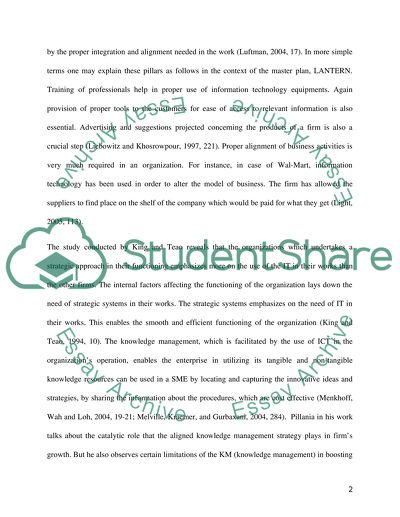Cite this document
(“The Strategic Use of Information and Communication Technology Dissertation”, n.d.)
Retrieved from https://studentshare.org/other/1425697-the-strategic-use-of-information-and-communication
Retrieved from https://studentshare.org/other/1425697-the-strategic-use-of-information-and-communication
(The Strategic Use of Information and Communication Technology Dissertation)
https://studentshare.org/other/1425697-the-strategic-use-of-information-and-communication.
https://studentshare.org/other/1425697-the-strategic-use-of-information-and-communication.
“The Strategic Use of Information and Communication Technology Dissertation”, n.d. https://studentshare.org/other/1425697-the-strategic-use-of-information-and-communication.


